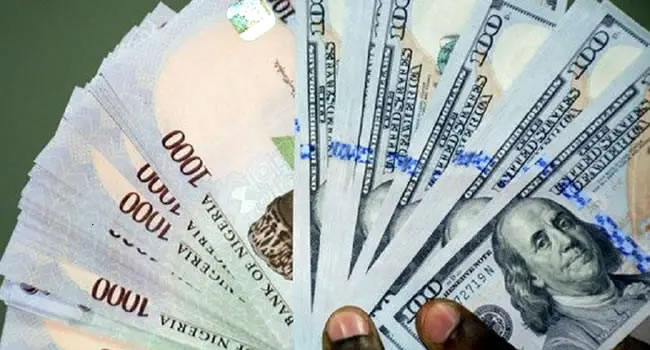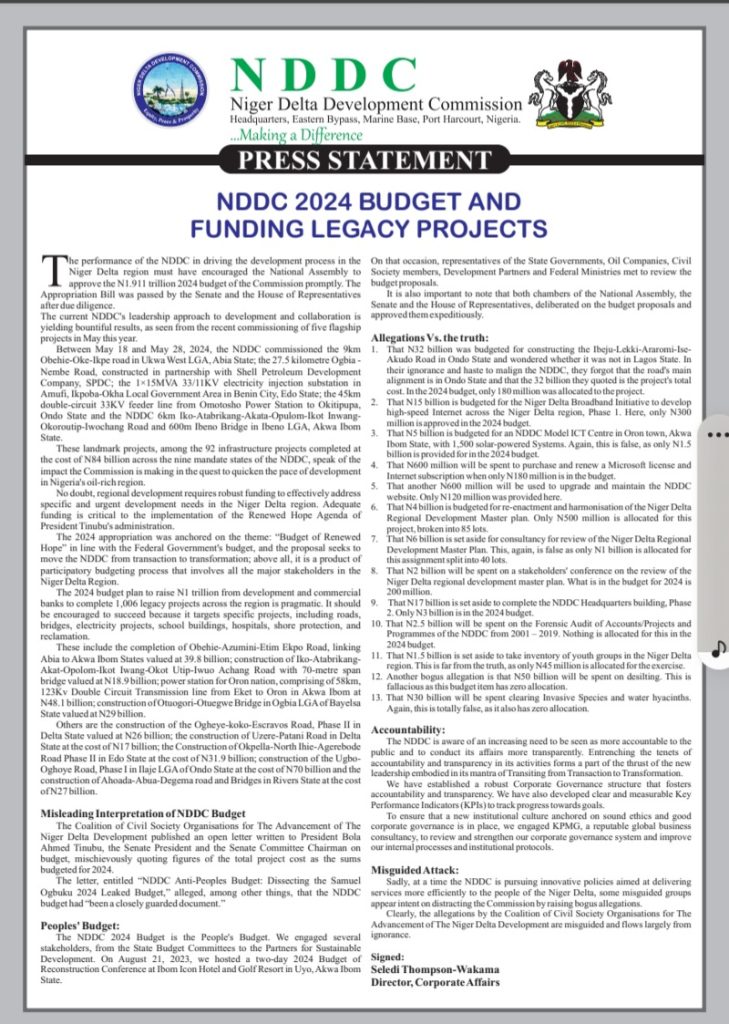Nigeria’s external reserves have declined to $33.9 billion, marking its lowest level in two years. The data from the central bank reveals that the last time the reserves were at this level was in July/August 2021.
The country’s external reserve position has been on a downward trend in recent months, primarily due to lower foreign exchange earnings and increased demand pressure for forex. Despite introducing the revised Investors’ and Exporters’ (I&E) Window on July 14, 2023, the decline continued.
The drop in external reserves can be attributed to various factors. Nigeria’s crude oil revenues have decreased due to oil theft, leading to lower foreign exchange earnings. Additionally, a lack of foreign investor inflow, driven by lower interest rates and concerns about the country’s growing debt and fiscal crisis, has exacerbated the situation.
The exchange rate between the naira and the US dollar closed at N768.16 per dollar at the official I&E window on July 20, 2023. However, the naira experienced significant fluctuations during intraday trading, reaching a high of N844/$1 and a low of N700/$1. The naira also weakened considerably against the US dollar at the parallel market, closing at N860/$1.
The declining external reserves are concerning as they play a crucial role in maintaining the stability of Nigeria’s currency. They act as a buffer to support the value of the naira and ensure its convertibility. With lower reserves, the naira may face increased pressure, potentially leading to depreciation. This can have adverse effects on various sectors, including imports, inflation, and investor confidence.
As Nigeria heavily relies on imports for critical goods and services, adequate external reserves are essential to ensure a steady supply of foreign exchange to meet import demands. The declining reserves may result in challenges in accessing essential imports and hinder economic activities.










